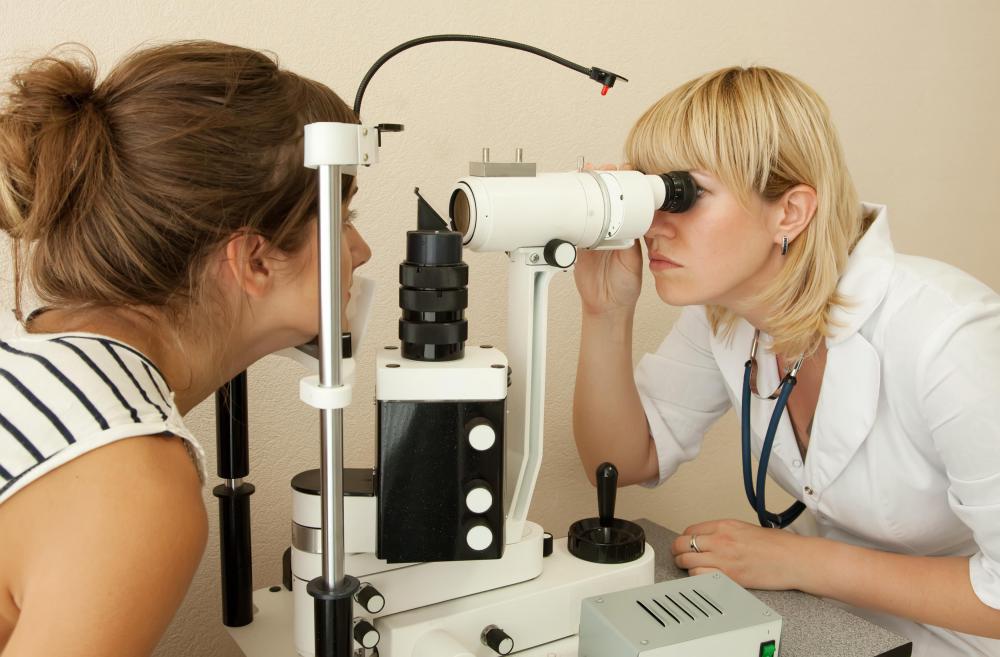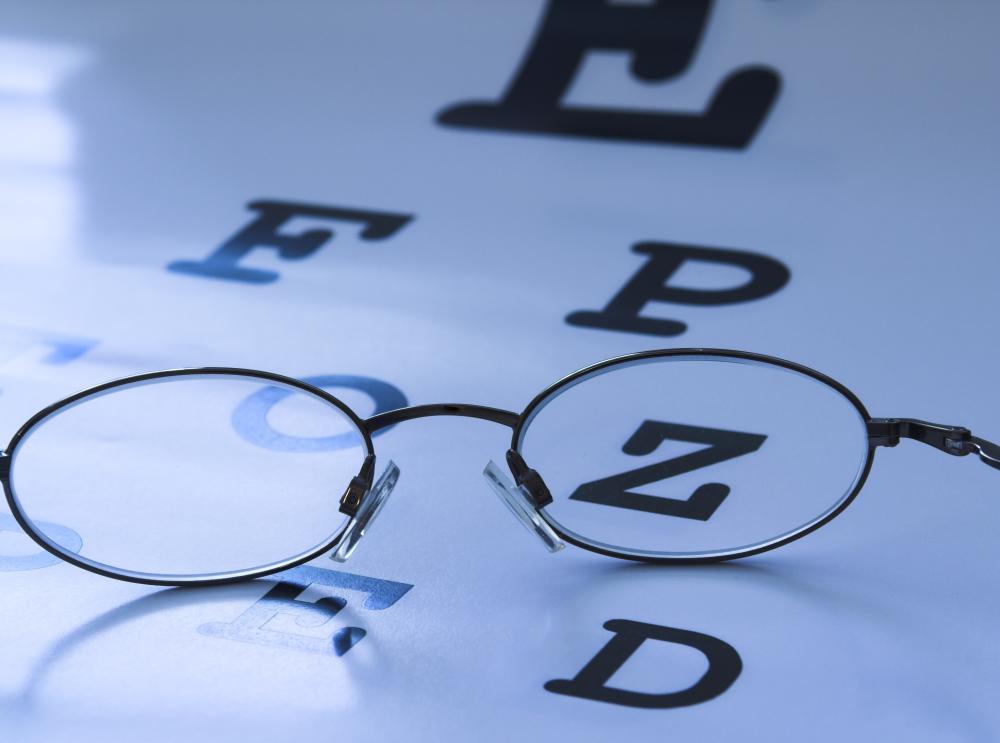At TheHealthBoard, we're committed to delivering accurate, trustworthy information. Our expert-authored content is rigorously fact-checked and sourced from credible authorities. Discover how we uphold the highest standards in providing you with reliable knowledge.
What is the Retina?
The retina is a lining of tissue located at the back of the eye, which is sensitive to light. The lens of the eye allows images to pass through, and the retina focuses them. It then sends signals to the brain, through the optic nerve, that communicate the message that the retina has received.
The retina is comprised of cells known as photoreceptors, which are very sensitive to light. There are also two types of photoreceptors, known as rods and cones. In the eye, rods are most attuned to changes in light, dark, and movement. They are not useful for distinguishing color. The human eye utilizes rod photoreceptors in low-lighting conditions to distinguish differences in shapes and distances. These are located primarily around the edges of the retina. The average human retina contains roughly 120 million rods.

Cone photoreceptors distinguish color, and are used in bright-light conditions. They are most sensitive to the colors blue, green, and red. Cones transmit data to the brain, which then interprets the variations in color. Their need for bright light prevents the eye from distinguishing color well in the dark.
There are typically six million cone receptors in the eye, and they are located primarily in the central regions of the retina, known as the fovea. The body directs blood vessels and optic nerves around this central region, in which rods are most concentrated so that light has a direct path to the photoreceptors. The eye experiences the sharpest vision and best perception of color through the fovea.

Typically, when a person leaves a bright area and enters a dark room, the eye takes several minutes to adjust to the new lighting conditions before the person can see well again. This occurs because the cone photoreceptors work best in bright lighting conditions, and the rod receptors, which function best in dark lighting, typically take between seven and ten minutes to begin functioning. This type of transition occurs again, when a person moves from dark to light. The cone receptors need several minutes to take over from the rod receptors, and may cause a temporary sensation of extreme brightness, during which the cones are overly saturated by the new lighting conditions.
Color blindness occurs when a particular type of cone is missing within the eye. This condition generally affects more men than women. Approximately 8% of all men are color-blind, while less than .5% of women experience color blindness.
One region of the retina does not contain any photoreceptors, and is known as the blind spot. Objects tend to disappear when they fall in this visual zone. It is through this region that the brain directs blood vessels and optic nerves.
AS FEATURED ON:
AS FEATURED ON:
















Discuss this Article
Post your comments